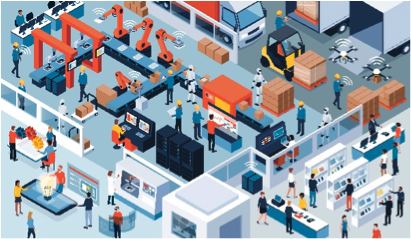Webinar of CEIPI and INAPI: IP Protection of Digital Use Cases and Gamification
As younger generations are focusing more on digital solutions, brands today use gaming mechanics in their user experience to draw and retain these demands from their future customers. These game mechanics are broken down to; goals, reward mechanisms, rules, and direct feedback in non-gaming scenarios. For example, a sportswear manufacturer can provide a running app with their shoes, which provides running challenges, so that runners using the app can compete. This keeps them engaged and entertained at the same time and retains the users of the app with the sports brand. To make such solutions exclusive, also the IP protection must be considered. In this webinar organized by INAPI, Prof. Wurzer from CEIPI, University of Strasbourg, showed some case studies of successful implementations of gamification.
Cannot open the video? Please click: https://youtu.be/c4E9eqQIYpY
The presented practical example for gamification is a running app, in this case Nike, which can introduce running challenges, when runners compete with each other. This keeps them engaged and entertained at the same time and retains the users of the app. More about the best practice of patent protection for digital solutions can be learned in the CEIPI MIPLM master class, which starts every year in January, and the Certified University Course “IP and Industry 4.0”. Here is a short excerpt about the digital value chain, gamification and the role of IP:
Link: https://ipbusinessacademy.org/the-digital-value-chain-gamification-and-the-role-of-ip




